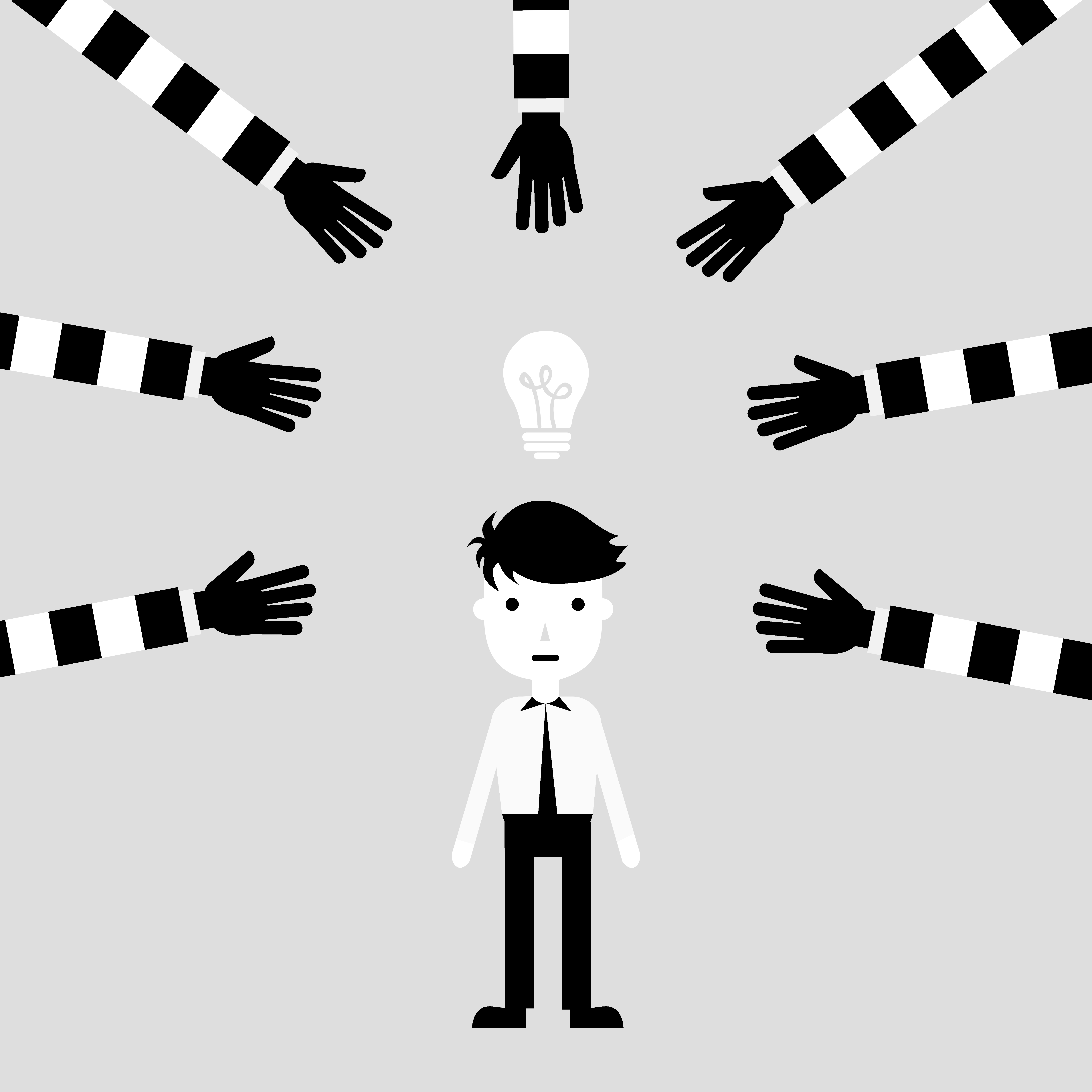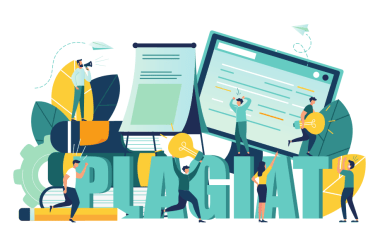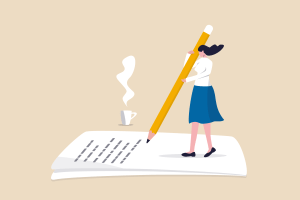Plagiarism seems to be simple, right? Well, you might not know, but there are eight common types of plagiarism. Some are more serious than others. For instance, there is:

- Accidental plagiarism
- Mosaic plagiarism
- Inaccurate authorship
- Paraphrasing plagiarism
- Self-plagiarism
- Direct plagiarism
- Source-based plagiarism
- Complete plagiarism
In the following paragraphs, we’ll break down what these all mean.
- Accidental plagiarism
- Mosaic plagiarism
- Inaccurate authorship
- Paraphrasing plagiarism
- Self-plagiarism
- Direct plagiarism
- Source-based plagiarism
- Complete plagiarism
This is when you plagiarized without knowing you did. It can happen from unintentional paraphrasing, forgetting to put something in quotation marks, and even writing something original but it being somehow very similar to something else. Unfortunately, the consequences are still dire for this type of plagiarism.
This is inserting phrases from other people’s writing into your sentences, working as a kind of patchwork. It is harder to detect, as plagiarists can make the parts that were copied seem very natural and incidental. However, it is another form of dishonesty.
You know when you are creating a team document or project, and someone doesn’t get credit? This is what happens with inaccurate authorship. Also, it is considered plagiarism to give credit to someone for something that he or she did not do.
Apparently, this is the most common type of plagiarism. People will copy out a few sentences, and change a few things here and there, thinking it is enough to escape the scope of programs that check for similarities. Well, it isn’t. Even if you are being genuine about it, don’t try this. Always write fresh content in your own voice, with your own style of phrasing and syntax.
This is perhaps the sneakiest one, and the strangest version of plagiarism. Some students are in the habit of copying parts of their old papers and rehashing them. They might paste references, phrases, sentences, quotes, and everything else you can imagine. Strangely, countless students believe that this is not plagiarism, or that it is not that serious. Well, even copying yourself has its repercussions.
This is the total copying and pasting of certain passages in texts. There are no quotation marks, no citations, or any form attribution. This is one of the easiest forms of plagiarism to detect, and it is hard to say why a student would do it. However, as was already mentioned, in some countries, this type of grabbing of other people’s work can be seen as okay, or even a common practice. Unfortunately, many educational institutions outside of the West do not give particular attention to plagiarism. According to the research paper International Perspectives on Plagiarism and Considerations for Teaching International Trainees,
- “International trainees charged with plagiarism in the United States often insist that they followed practices common in their home countries. Complaints against senior academics in Korea, China, India, Peru, and Iran have renewed speculation about widespread plagiarism in these and other nations. Although no data on actual prevalence exist, both national surveys and international comparisons document high rates of perceived plagiarism and other misconduct in emerging research environments and developing nations.”
Though not often thought of as plagiarism by students, writing sources incorrectly or making up citations is also a crime in the academic world. There are people that believe that researching is lame and that the easiest thing to do is to create citations out of thin air. This will have dire consequences, though.
If you want to find the most intense type of plagiarism, this is it. It is the total and absolute copying of an article, essay, paper, or anything else. Basically, all that needs to be done after totally cheating is to slap your name on this work. However, this is the easiest way to get caught by your teacher. Even a one-second Google search from your instructor will prove that this stuff was plagiarized. So, no: don’t try this at home, or anywhere else.
Well, I hope this breakdown has cleared your head about what this form of cheating truly is. Now that you know about the eight types of plagiarism, you can easily avoid them.






